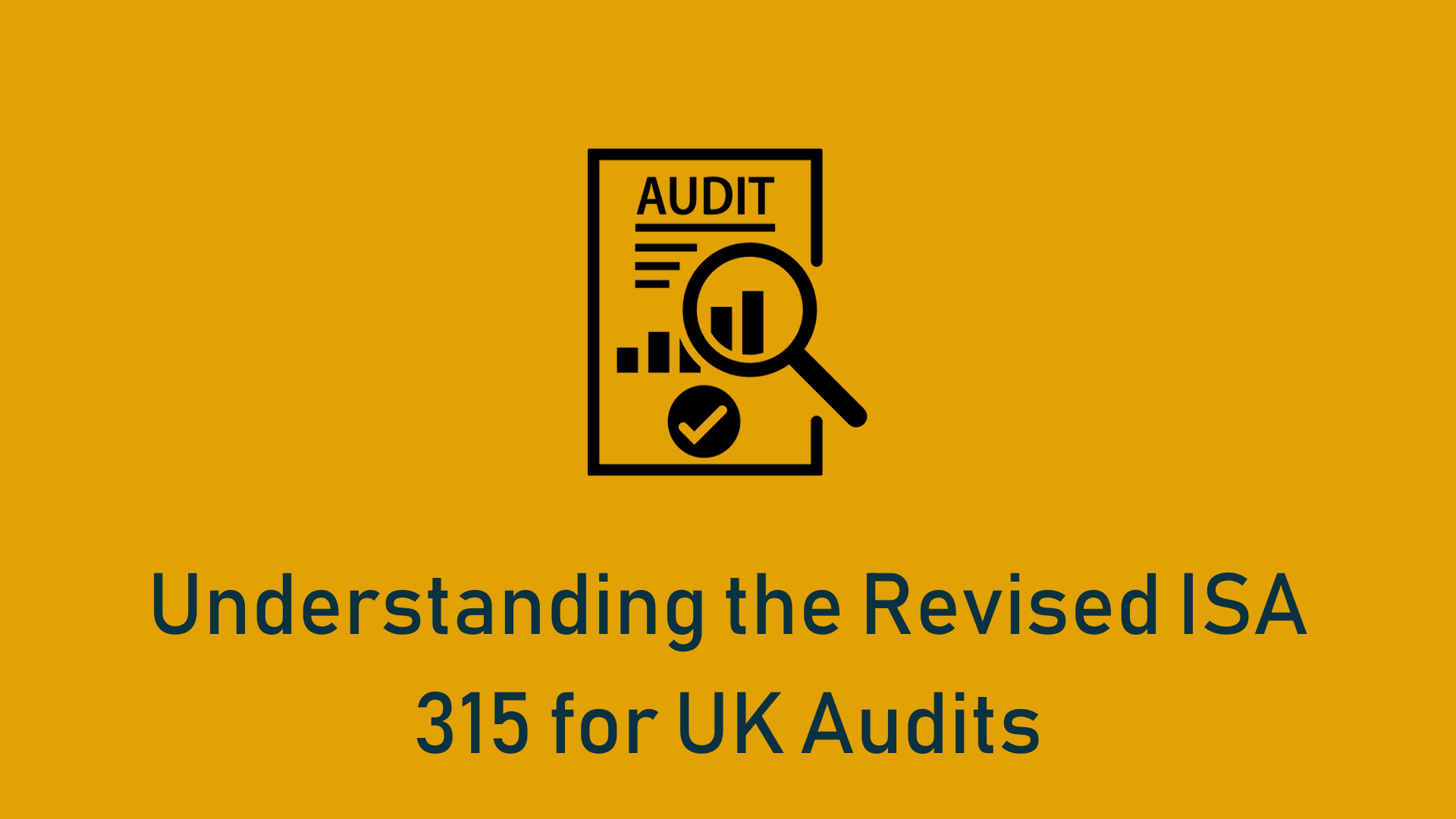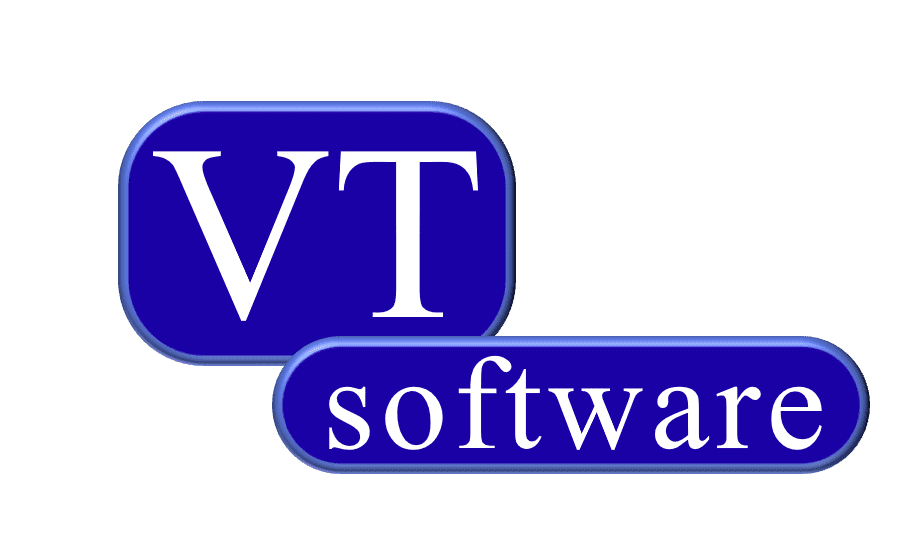Introduction
The International Audit and Assurance Standards Board (IAASB) has significantly updated ISA 315, with revisions effective for audits of financial statements for periods beginning on or after 15 December 202112. These changes mark a pivotal shift in audit practices, particularly in risk assessment and the approach to internal control, affecting firms of all sizes in the UK and globally3.
Key Changes to ISA 315
1. New Inherent Risk Factors
The revision introduces five inherent risk factors: subjectivity, complexity, uncertainty, change, and susceptibility to misstatement due to management bias or fraud13. These new factors enable auditors to perform more nuanced and informed risk assessments.
2. Spectrum of Risk
A new risk spectrum highlights significant risks at the higher end, guiding auditors to concentrate on areas with the most considerable potential impact13.
3. Emphasis on Evidence in Risk Assessment
The revisions underscore the need for “sufficient, appropriate” evidence from risk assessment procedures, underlining the importance of robust evidence gathering13.
4. Greater Focus on IT Controls
Reflecting the increasing role of technology, there is a stronger emphasis on understanding and evaluating IT general controls within the audit process134.
5. Enhanced Controls Relevance and Design
The standard now places greater importance on controls relevant to the audit and on the design and implementation work associated with them13.
6. Adjusted Approach for Smaller Entities
Smaller entities’ considerations have been integrated into the main text, highlighting the importance of consistent application across all audits13.
7. Distinct Assessments for Inherent and Control Risk
The revised standard requires separate assessments for inherent and control risk, moving away from the previously permitted combined assessment13.
8. Clarification of Control Components
There is now a clearer distinction between direct and indirect control components, offering a more structured framework for evaluating controls13.
9. Stand-Back Requirement
A new requirement mandates reconsideration when material transactions, account balances, and disclosures are not deemed significant, ensuring a thorough evaluation of risks13.
Implications for Audits in the UK
The implications of these revisions are profound for UK audits. Firms must invest in understanding and implementing these changes to maintain compliance and audit quality. The revisions aim to promote more consistent and high-quality risk assessments, ultimately strengthening the audit process by fostering professional scepticism3.
FAQs
Q: When did the revised ISA 315 become effective? A: The revised ISA 315 became effective for audits of financial statements for periods beginning on or after 15 December 20212.
Q: What are the new inherent risk factors introduced in the revised ISA 315? A: The new inherent risk factors are subjectivity, complexity, uncertainty, change, and susceptibility to misstatement due to management bias or fraud1.
Q: How has the approach to IT controls changed in the revised ISA 315? A: There is a significant emphasis on IT, particularly IT general controls, requiring auditors to have a comprehensive understanding and evaluation of these controls within financial systems4.
Q: What does the stand-back requirement entail in the revised ISA 315? A: The stand-back requirement entails a reassessment when material classes of transactions, account balances, and disclosures are not assessed as significant, ensuring all potential risks are considered3.










